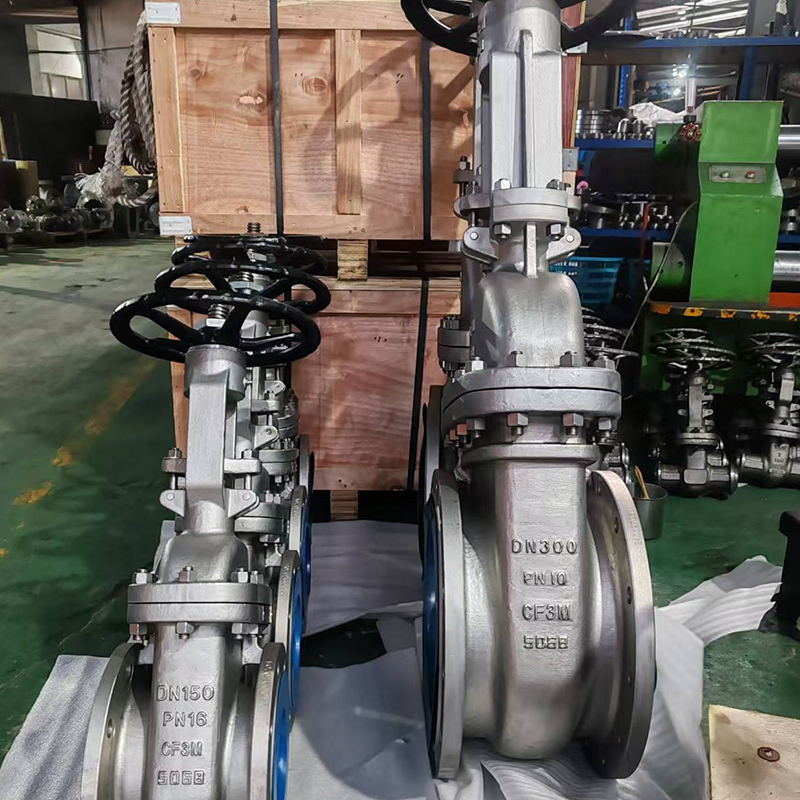
The Conduit Slab Gate Valve has played a significant role in the advancement of flow control technology, particularly in the oil and gas industry. Its development can be traced back to the need for a valve that could provide full bore flow with minimal pressure drop while maintaining a tight seal in demanding environments.

Historically, early pipeline systems relied on basic wedge gate valves, which worked well under certain conditions but struggled with debris buildup, limited sealing reliability, and challenges in pigging operations. As pipeline technology evolved, especially for long-distance transmission and high-pressure service, the need for a more efficient valve design led to the introduction of the conduit slab gate valve.
This type of valve features a single slab-like gate that slides between two seat rings and creates a solid barrier when closed. When opened, the gate retracts completely into the valve body, allowing unrestricted flow through a through-conduit bore. The design ensures that tools such as pipeline pigs can pass through without obstruction, making it highly effective for systems requiring regular cleaning or inspection.
Over time, improvements in materials, machining precision, and sealing technology have enhanced the reliability and lifespan of the conduit slab gate valve. Modern versions often include floating or spring-loaded seats to improve sealing even at low pressures. Additionally, advancements in coatings and corrosion-resistant alloys have expanded their application into more aggressive environments.
Today, the conduit slab gate valve remains a trusted component in critical infrastructure, valued for its combination of full-bore design, low flow resistance, and consistent shut-off performance.
The Cast Iron Full Port Flanged Gate Valve is a widely used valve type in municipal water systems, HVAC installations, and general industrial applications. Its main functions revolve around flow control, shut-off capability, and system compatibility, particularly in low to medium pressure service environments.
One of its primary functions is isolation. The valve operates by lifting or lowering a gate to either permit or block flow within the pipeline. When fully open, the full port design ensures that the internal bore of the valve matches the diameter of the pipe, allowing fluid to pass through with minimal resistance. This design minimizes pressure drop, which is especially important in systems requiring efficient flow and energy conservation.
Another key function of the Cast Iron Full Port Flanged Gate Valve is its secure connection through flanged ends. Flanged connections provide robust mechanical stability and leak prevention, especially when subjected to system vibrations or temperature fluctuations. These features make the valve a good fit for permanent or semi-permanent installations.
Durability is enhanced by the use of cast iron for the body, a material known for its strength, ease of manufacturing, and cost-effectiveness. While not suited for highly corrosive or high-pressure environments, cast iron performs well in water, steam, and non-aggressive fluid systems. Internal components may include brass or stainless steel stems and resilient wedge seats for improved sealing and operation.
The valve also supports bidirectional flow, allowing it to be installed in either direction, which adds to its flexibility in system design. Additionally, the rising or non-rising stem options help users select the appropriate configuration depending on space and visibility requirements.

